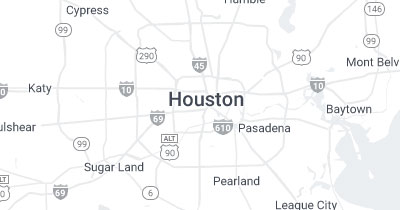Benefits of Physical Therapy After Fracture Hardware Removal
- Updated on: 2019-10-05
- Read original article here

If you've suffered a fracture and required an open reduction internal fixation (ORIF) to repair the break, you may have seen a physical therapist after surgery to help improve your range of motion (ROM) and strength. You may have worked hard to return to normal activity and function.
Many times after a severe fracture and an ORIF procedure, you may be left with deficits in ROM and functional mobility. In that case, your surgeon may recommend that you have the metal hardware that initially stabilized your fracture removed.
If you do need to have the hardware removed from your bone after it has healed, you may benefit from physical therapy after the procedure to help you get moving again.
Treatment After Hardware Removal
The most common reason for hardware removal from a bone after a fracture is pain or loss of mobility and ROM around the ORIF site. Therefore, your physical therapy treatment will most likely focus on regaining normal ROM around your injured body part.
Some types of treatments that you can expect from your physical therapist include:
Gait Training: If you've had the hardware removed from a lower extremity like your ankle, then you'll most likely be walking with a walker or crutches after your surgery. Your physical therapist can work with you to help you progress from walking with two crutches to one crutch, and then to a cane. Ultimately, the goal of gait training is to be able to walk independently with no assistive device.
Range of Motion: Most likely, your hardware removal was done because of limited ROM around your fractured joint. After your surgery to remove the hardware, there is typically a period of immobilization to allow for healing to take place. A major focus of physical therapy after hardware removal is to regain normal ROM. Joint mobilizations and ROM exercises can be performed to help you improve the mobility around your joint. Be sure you understand exactly how to perform specific exercises to improve your ROM and have your physical therapist write down any instructions and exercises for you to perform at home.
Strength: After your hardware removal surgery, you may notice that your strength is limited around the surgery site. Periods of immobilization after surgery may cause muscles to weaken and atrophy. Specific strengthening exercises may be necessary to help improve strength and overall mobility.
Scar Mobility: After surgery, you will have a surgical scar where your surgeon cut through your skin and muscles to remove the hardware. Surgical scar tissue may have developed, and specific techniques like scar massage may be beneficial to help improve the mobility around the scar tissue.
ain and Inflammation Management: After your hardware removal surgery, you may be experiencing pain and swelling around the surgical site, and around your fracture area. Your physical therapist may choose to use various treatments and modalities to help manage your post-operative pain and swelling. Ice and heat may be used, as well as other physical agents like TENS or ultrasound. Be sure you understand exactly what treatments are being used to treat your pain and ask any questions to your physical therapist if you have any.
As you progress in your treatment, your physical therapist will work with you on specific activities that you may wish to return to. You may use a BAPS board to work on balance and proprioception, and jumping and plyometric training may be necessary if you are planning on returning to high-level athletics and recreational activities.
uration of Physical Therapy
You can expect to start physical therapy a few weeks after your hardware removal surgery. Range of motion and strength gains can be made quickly, and within 4-6 weeks you should be back to your previous level of function.
If your surgery and physical therapy are successful, you should notice improved ROM and mobility and decreased pain as compared to your pre-operative status.
Every injury is different and everyone heals at different rates. Speak with your doctor to find out what you should expect with your specific condition.
A Word From Verywell
Physical therapy after ORIF hardware removal can be beneficial to maximize ROM and strength and to quickly and safely get back to normal mobility and function. By staying motivated and working hard in physical therapy, you can maximize your chances of having a successful outcome after hardware removal surgery.





